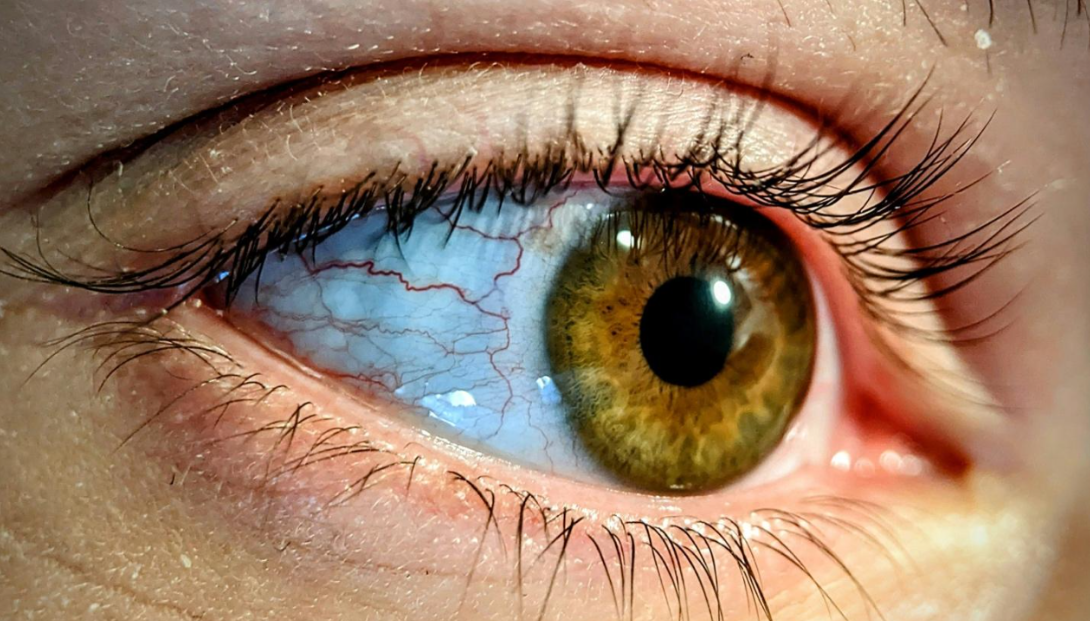For decades, vision correction has been dominated by LASIK and related laser procedures. Yet for some patients, traditional methods are not the right fit. Enter EVO eye surgery, an advanced option that is changing how ophthalmologists approach refractive correction. Combining the precision of modern technology with long-term flexibility, EVO represents the next generation of solutions for those seeking freedom from glasses and contact lenses.
What is EVO Eye Surgery?
EVO is shorthand for the EVO Implantable Collamer Lens (ICL) procedure. Unlike LASIK, which reshapes the cornea with lasers, EVO involves placing a biocompatible lens inside the eye to correct vision. This lens works with the natural eye structure rather than altering it.
The Collamer lens is made from a material designed to be compatible with the body, reducing the likelihood of adverse reactions. The procedure corrects refractive errors such as myopia (nearsightedness), hyperopia (farsightedness), and astigmatism, offering an alternative for patients who may not qualify for LASIK.
Why Choose EVO Over LASIK?
The choice between EVO and LASIK often comes down to eligibility and lifestyle needs. Here are a few reasons patients turn to EVO:
- Corneal thickness is not a barrier – Patients with thin or irregular corneas, who are often ineligible for LASIK, may qualify for EVO.
- Removability and reversibility – Unlike corneal reshaping, the EVO lens can be removed or replaced if vision needs change.
- No dry eye risk from corneal flap – Since no tissue is cut on the cornea, patients prone to dry eye often tolerate EVO better.
- Stable results for high prescriptions – Patients with severe myopia or astigmatism often see more predictable outcomes with EVO than with laser surgery.
These advantages position EVO as an appealing option for a broader range of patients.
The Procedure Step by Step
EVO eye surgery is minimally invasive and usually completed in under 30 minutes per eye. The process includes:
- Preparation – The eye is numbed with anesthetic drops, and a small opening is made in the cornea.
- Lens placement – The EVO lens, folded for insertion, is carefully positioned behind the iris and in front of the natural lens.
- Final adjustment – The lens unfolds and aligns to correct refractive error, with no sutures required.
Most patients report immediate improvement in vision, with optimal clarity achieved within days.
Recovery and Aftercare

Recovery from EVO surgery is typically smooth. Patients may experience mild light sensitivity or halos during the first few days, but these symptoms often resolve quickly. Post-operative care usually includes:
- Use of prescribed antibiotic and anti-inflammatory eye drops.
- Avoiding eye rubbing and strenuous activity for the first week.
- Regular follow-up visits to monitor healing and lens stability.
One of the most reassuring aspects of EVO is its flexibility: the lens can stay in place for life or be removed if needed.
Safety and Outcomes
EVO has undergone extensive clinical trials worldwide, with high safety and satisfaction rates. Complications are rare, and most patients achieve 20/20 vision or better. Unlike some laser-based procedures that may slightly weaken the cornea, EVO leaves the corneal structure untouched, preserving eye integrity for the future.
The removable nature of the lens also provides peace of mind. If a patient develops cataracts later in life, for example, the EVO lens can be taken out to accommodate new treatment.
Ideal Candidates for EVO Eye Surgery
While EVO expands eligibility for vision correction, not everyone is a candidate. Surgeons typically recommend EVO for patients who:
- Have moderate to severe myopia, with or without astigmatism.
- Are between 21 and 45 years old.
- Do not have adequate corneal thickness for LASIK.
- Want a reversible solution without altering corneal tissue.
Patients with certain conditions, such as glaucoma or uncontrolled diabetes, may not qualify. A comprehensive eye exam is essential for determining candidacy.
Addressing Common Concerns
Like any surgery, EVO raises questions for patients considering the procedure. Some of the most common include:
- “Will I feel the lens in my eye?” – No. Once placed, the lens is invisible and imperceptible.
- “Is the lens permanent?” – It can remain in place indefinitely, but removal is possible if necessary.
- “Are results immediate?” – Many patients notice sharper vision right away, though the brain may take a few days to adjust fully.
- “What about long-term safety?” – Clinical data and patient follow-ups over decades show high stability and safety for EVO lenses.
EVO vs. Other Vision Correction Options
For patients comparing procedures, it’s useful to look at where EVO stands:
- LASIK reshapes the cornea permanently, offering fast results but requiring eligibility based on corneal thickness.
- PRK avoids corneal flaps but involves longer recovery.
- SMILE is a newer laser option but still depends on corneal structure.
- EVO avoids corneal tissue removal altogether, making it unique in offering reversibility.
This range of options allows ophthalmologists to match each patient with the best procedure for their needs.
The Future of EVO and Vision Care
EVO is gaining momentum worldwide as patients seek safe, customizable alternatives to traditional laser surgery. As surgical techniques and lens materials continue to evolve, we can expect even greater precision, shorter recovery times, and broader accessibility. For many, EVO marks the start of a new era where vision correction adapts to individual circumstances rather than forcing patients into a single solution.
Final Thoughts
EVO eye surgery offers more than sharper vision—it provides flexibility, safety, and peace of mind. For patients who may not be candidates for LASIK or who want a reversible procedure, EVO delivers a powerful alternative backed by modern ophthalmic science. With excellent outcomes and long-term stability, EVO represents a new vision standard for those ready to experience life without the limitations of glasses or contact lenses.
